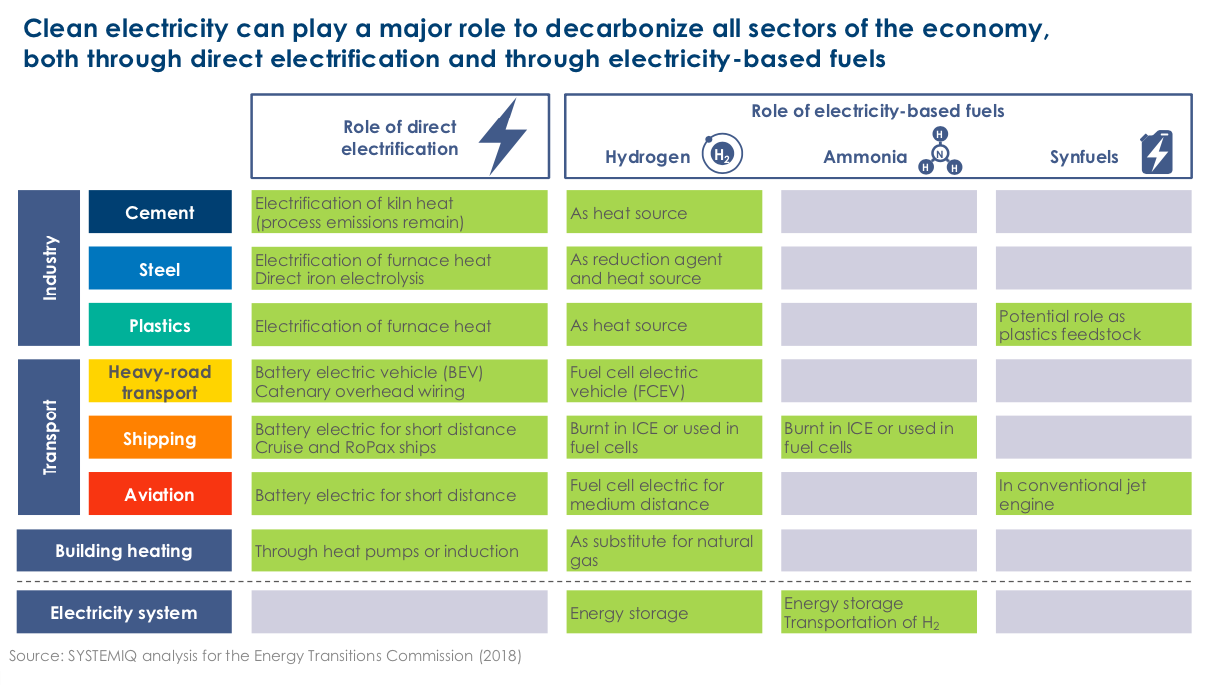Mission Possible, a major report published at the end of 2018, concludes that decarbonizing ammonia production by 2050 is both technically and economically feasible. Among its 172 pages of assumptions, analysis, and explanation, Mission Possible examines production pathways and markets for green ammonia and its derivative green nitrogen fertilizers. It addresses the relatively straightforward issue of how to replace fossil feedstocks with renewable hydrogen for ammonia synthesis, as well as the more complex question of how to source or supplant the carbon dioxide molecules contained in urea, the most common nitrogen fertilizer. The report's economic conclusions will not surprise anyone involved in ammonia production or politics. Yes, green ammonia is currently more expensive than fossil ammonia, although it won't be for long. And no, "none of the increases in end-consumer prices are sufficiently large to be an argument against forceful policies to drive decarbonization."
Content Related to Energy Transitions Commission
Article
Mission Possible: a roadmap for net-zero emissions in the heavy industry and heavy-duty transport sectors
Trevor Brown January 11, 2019
Mission Possible, a recent report published by the Energy Transitions Commission, presents an extremely detailed roadmap for "Reaching net-zero carbon emissions from harder-to-abate sectors by mid-century." The report is designed to support the targets of the Paris Agreement by sending "a clear signal to policymakers, investors and businesses: full decarbonization is possible, making ambitious climate objectives achievable." Ammonia is one of the crucial solutions that make Mission Possible possible. In its 172-pages, the report details the technologies and the economics behind decarbonizing ammonia, the "likely" adoption of ammonia as the carbon-free fuel of choice for long-distance shipping, and the "key role" ammonia will play in enabling international trade in renewable power.

